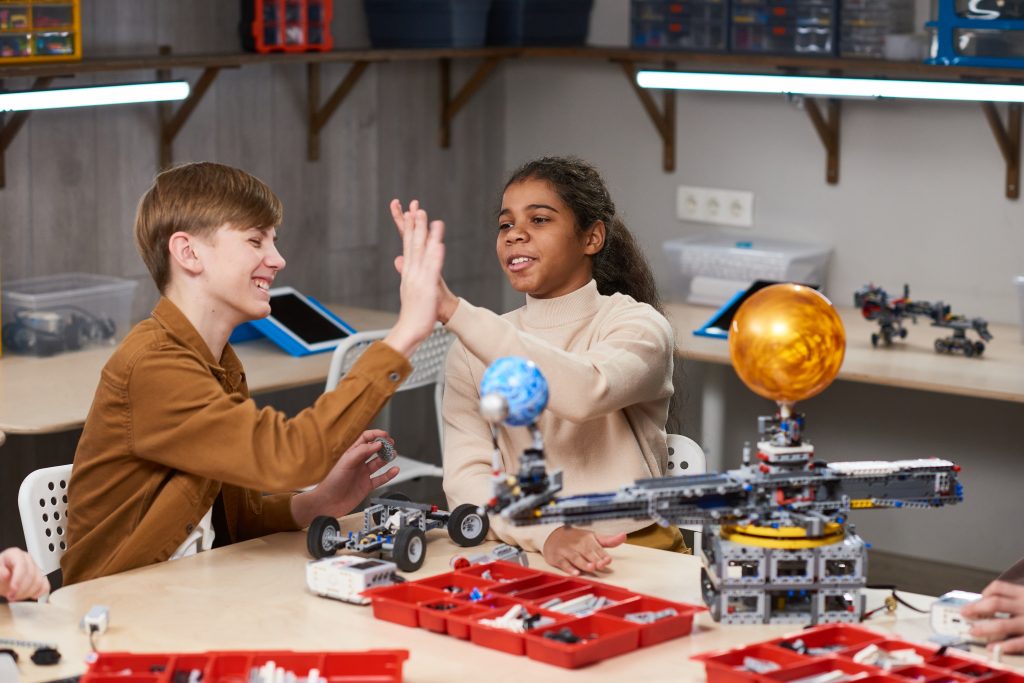Do you remember the 1980’s show MacGyver? This crime fighter could look at any random object and build whatever he needed to solve the case. If he only had a bubble gum wrapper, a paper clip, and a used piece of painter’s tape, he could build a bomb to blow down the door and break free. He was the poster child for functional agility.
What happens when we aren’t as functionally agile? We can fall into a form of rigidity known as functional fixedness. This is the inability to see past the original or intended use of an object. People with high functional fixedness mostly use an object in the original way it’s supposed to be used and rarely ever in a novel way.
They have difficulty imagining alternative uses for common objects. Most children have high functional agility with objects, even if they have come in contact with the object before and have observed the original use. This is especially true for children under five.
In order to improve our creative thinking skills, we adults need to regain this ability and get back to the basics of functional agility. Why? Because it’s affecting our individual and team creativity.
I used to call myself MacGyver because I would always use items in odd and unusual ways. “Let’s MacGyver it!” would be my phrase for problem-solving. Alternatively, the phrase, “Let’s figure out how to use these items in alternate ways in addition to their intended use!” was just not as catchy.
Who knew that this type of thinking, this “MacGyvering it,” is actually a significant factor in business and team innovation? Tony McCaffrey published a study called Innovation Relies on the Obscure: A Key to Overcoming the Classic Problem to Functional Fixedness. His team analyzed real-world problems that led to historic inventions. He observed strategies used during innovative problem solving and noticed the individuals who used at least one infrequent or new (i.e., obscure) feature of the problem.
He then directed his research to uncover aspects of the human logic, perceptual, and motor systems that inhibit the noticing of obscure hidden features, so he could help people dismantle functional fixedness.

Essentially, McCaffrey’s thoughts and focus centered on how people think when using these items in new alternating ways, and what things do they see. McCaffrey’s solution: Generic Parts Technique.
In order to shake functional fixedness from your thinking, McCaffrey suggests attempting to see objects as separate generic parts to manipulate. Don’t look at the whole item only as one entity. A candle, for instance, wouldn’t just be an object that one can light to produce illumination, but it is also made up of wax and a wick.
But McCaffrey doesn’t stop there. He proposes these two guiding questions; Can this item be decomposed further? Does this description imply a use? Basically, can you break it down even more?
Yes. Why yes, I can.
The generic parts of a candle are also cylindrical shaped lipids (the wax) and long interwoven fibrous strands (the wick). When people can decompose the object into its basic component parts and then into generic descriptions of the material, it allows for the imagination to break free of conventional uses and manipulate the components in new ways.
So once again, I keep proclaiming this. Let’s get back the innate creative ability we all had when we were young. Functional agility isn’t just fun with cardboard boxes during imaginative play but it is a significant factor during business ideations and team creativity. Let’s be agile in more ways than one. What objects will you discover today and MacGyver?





